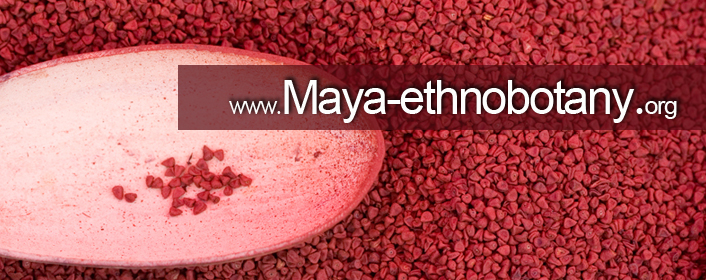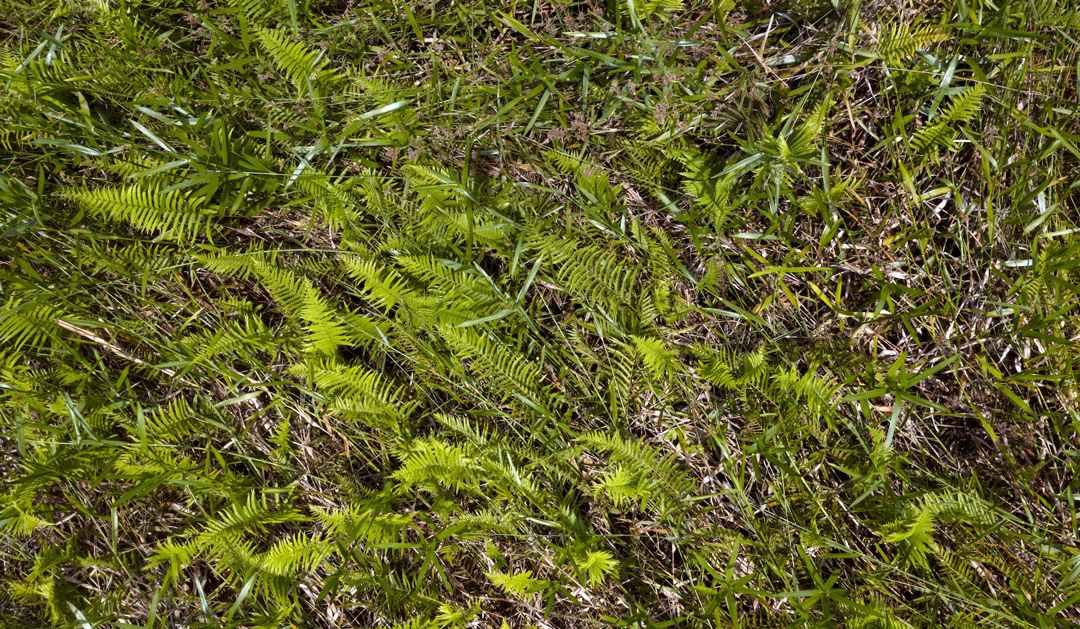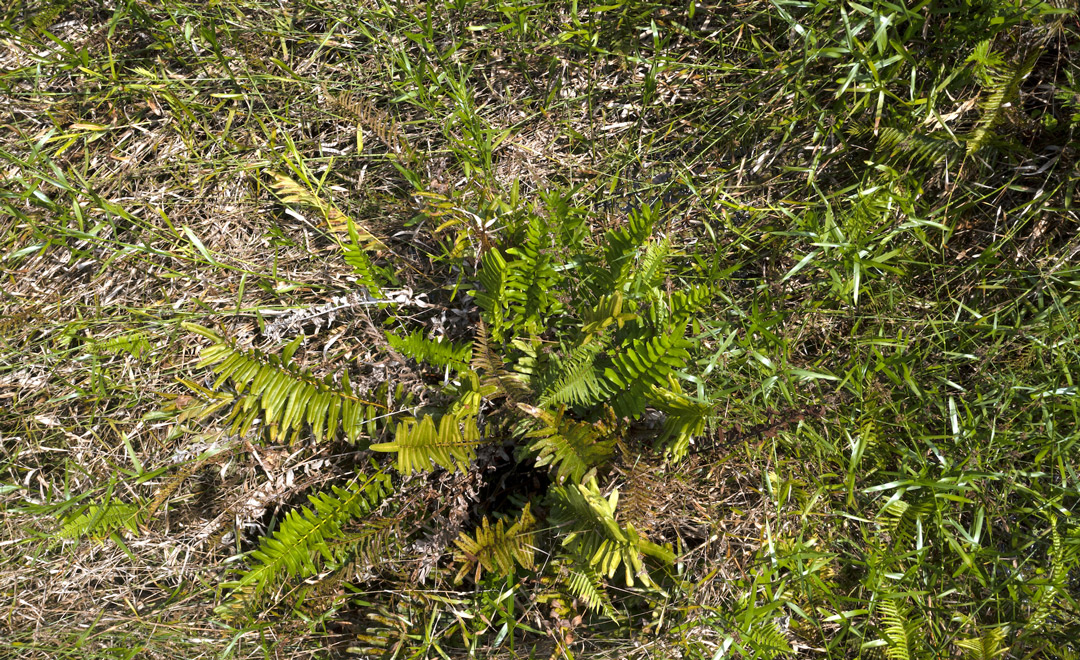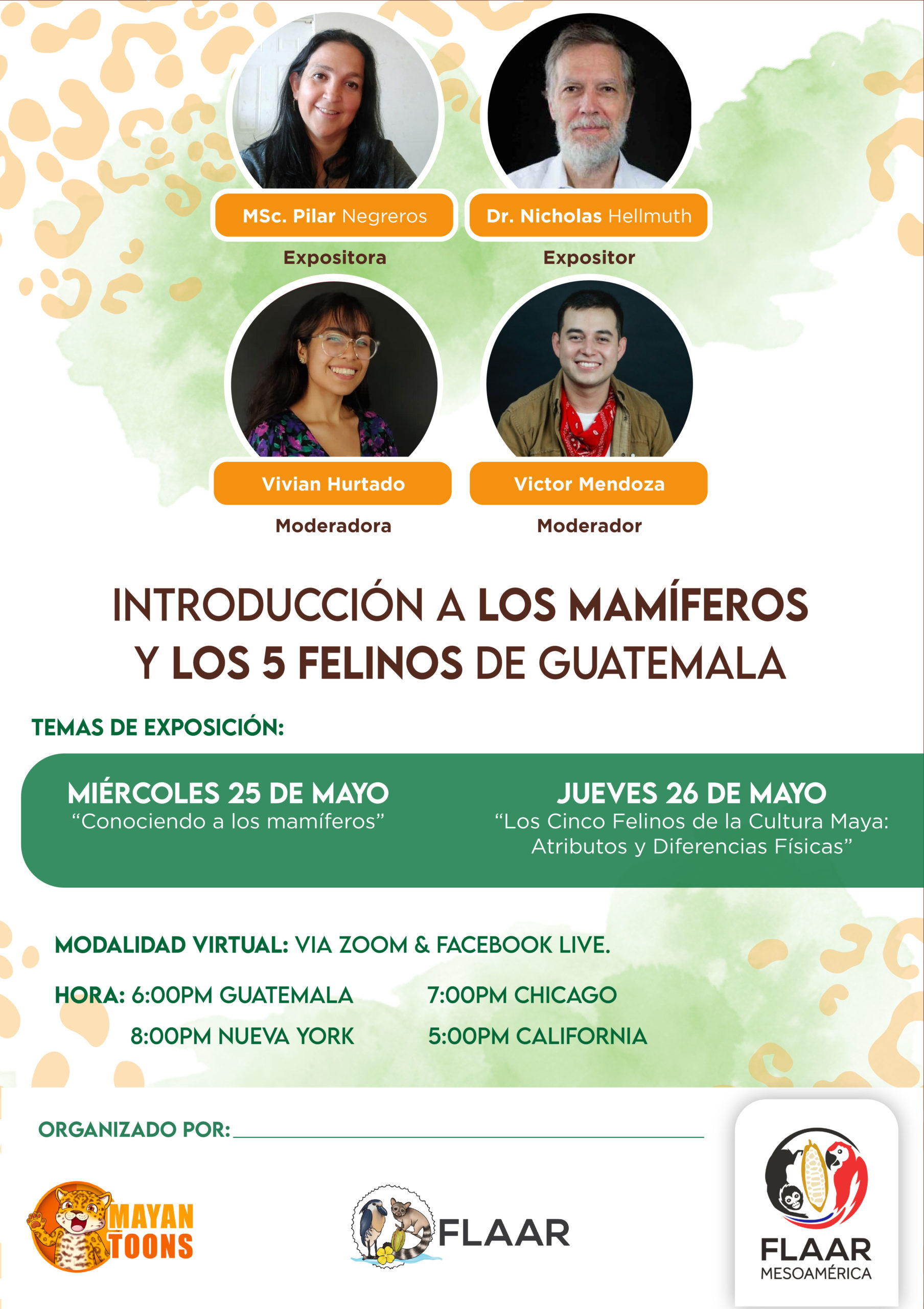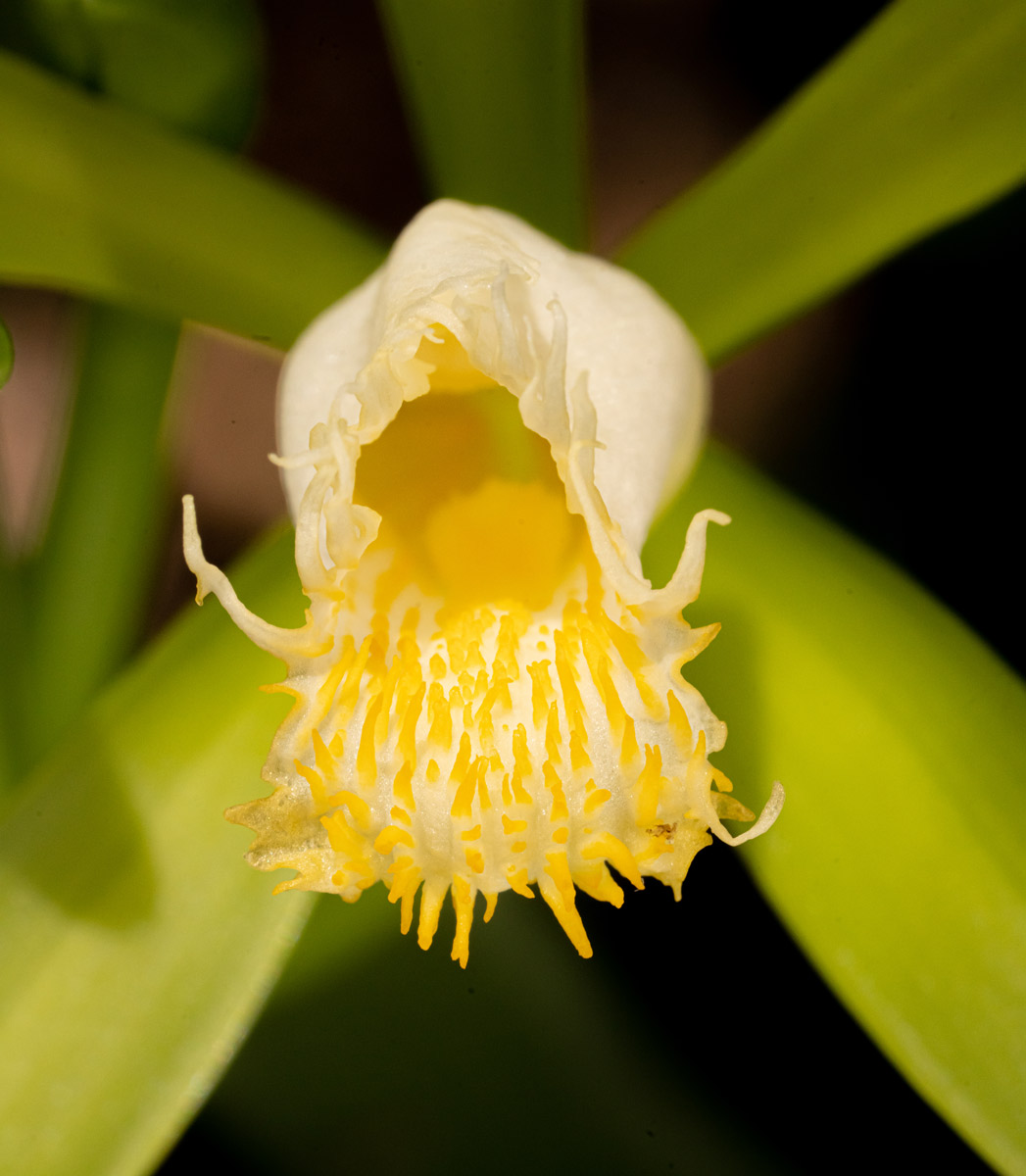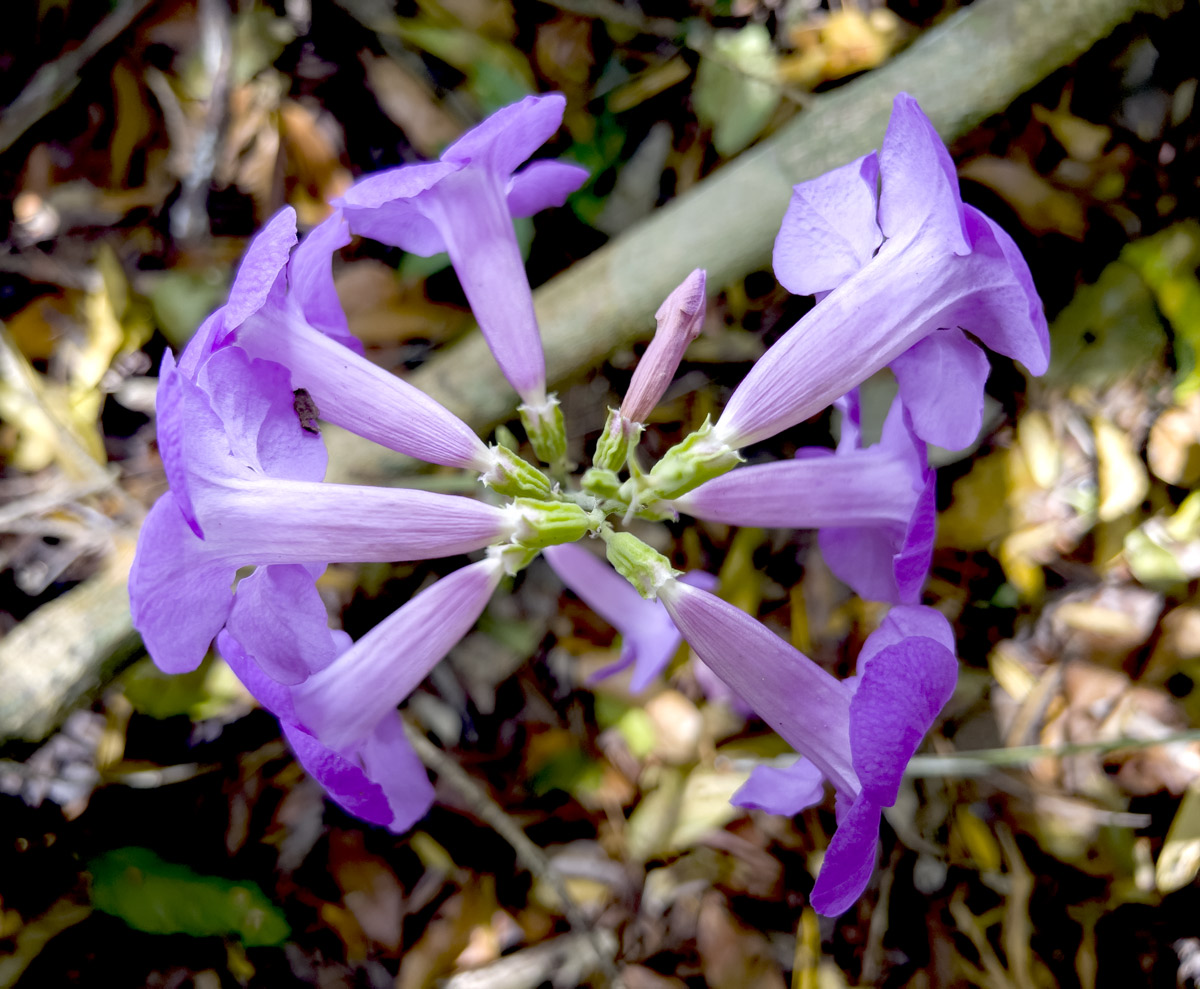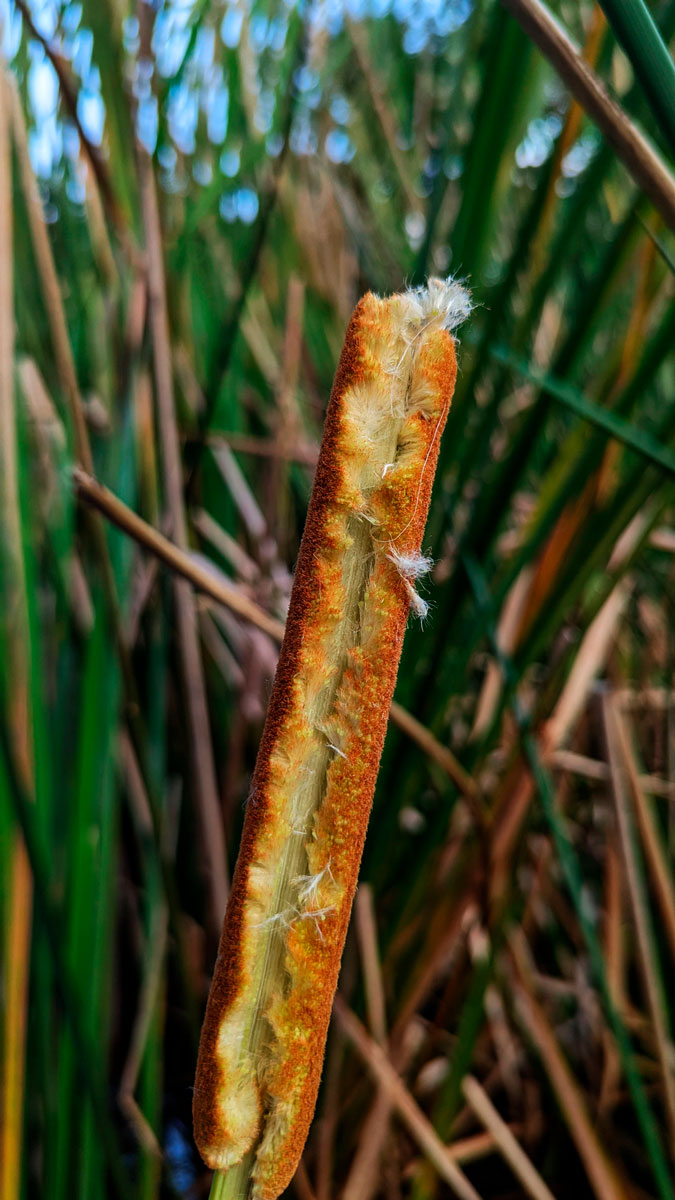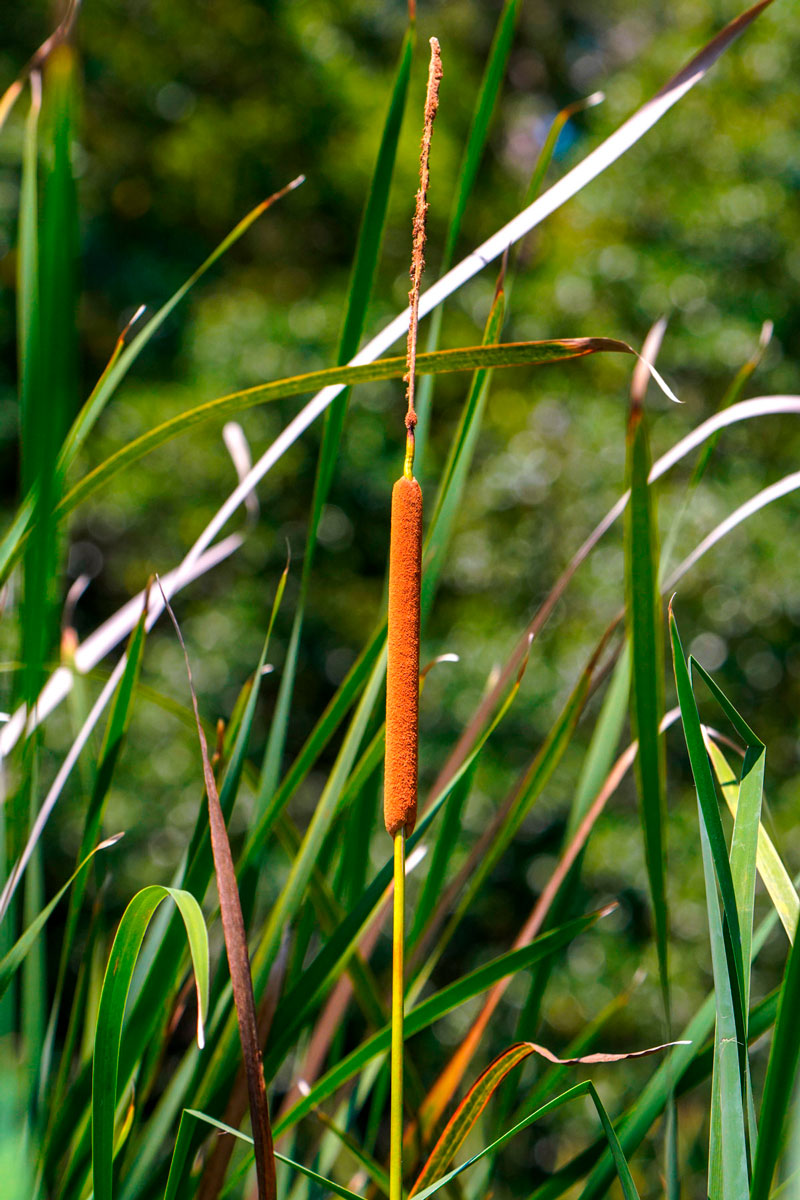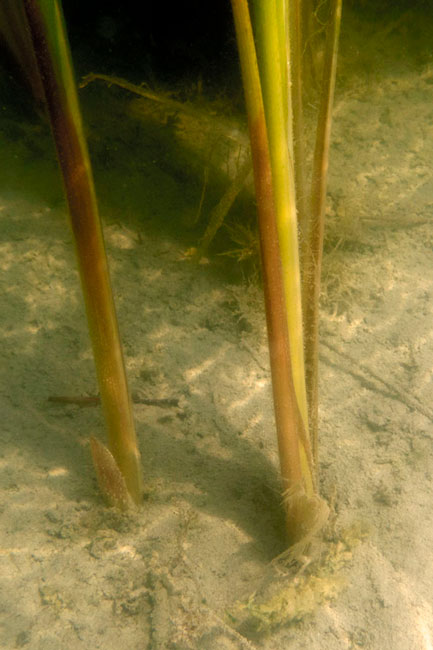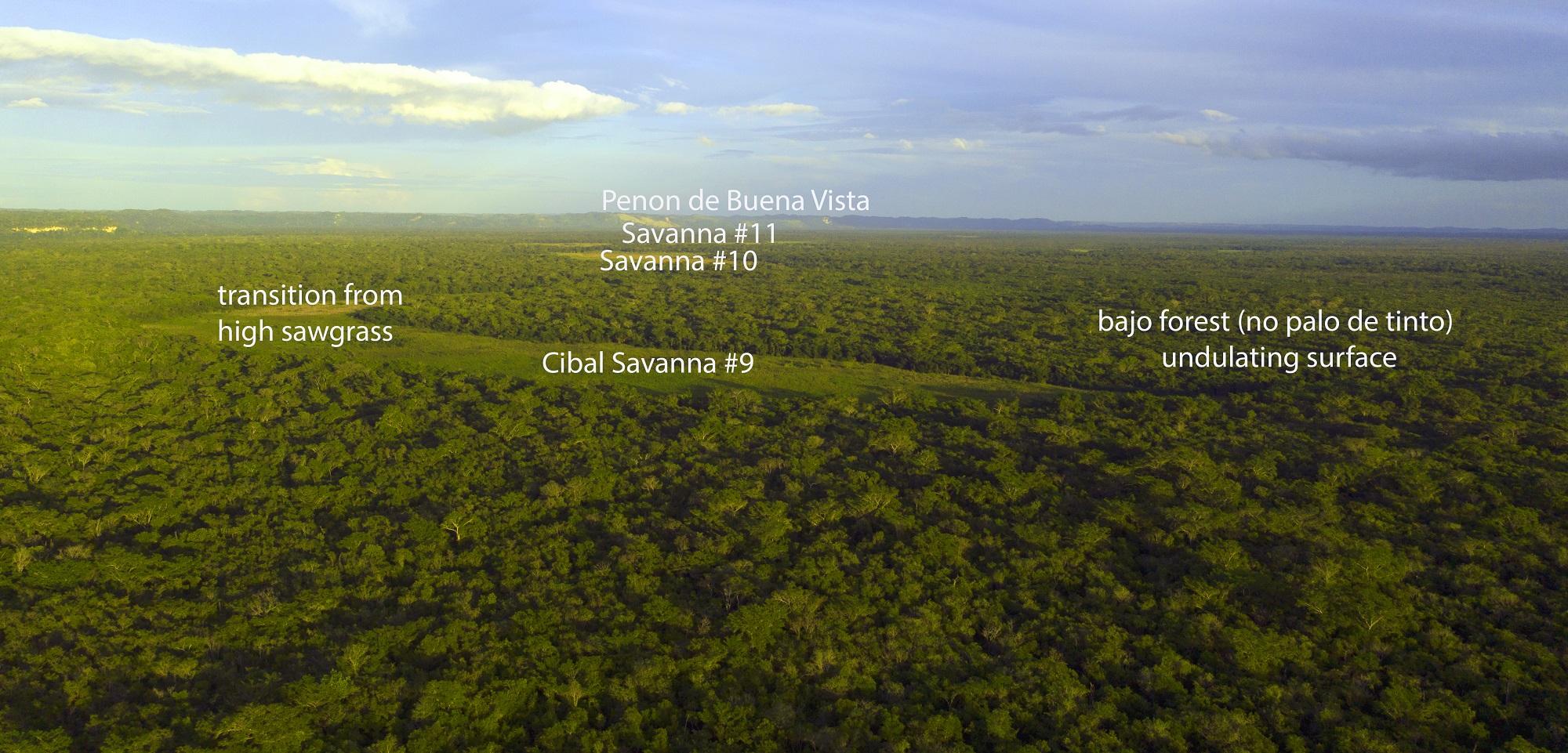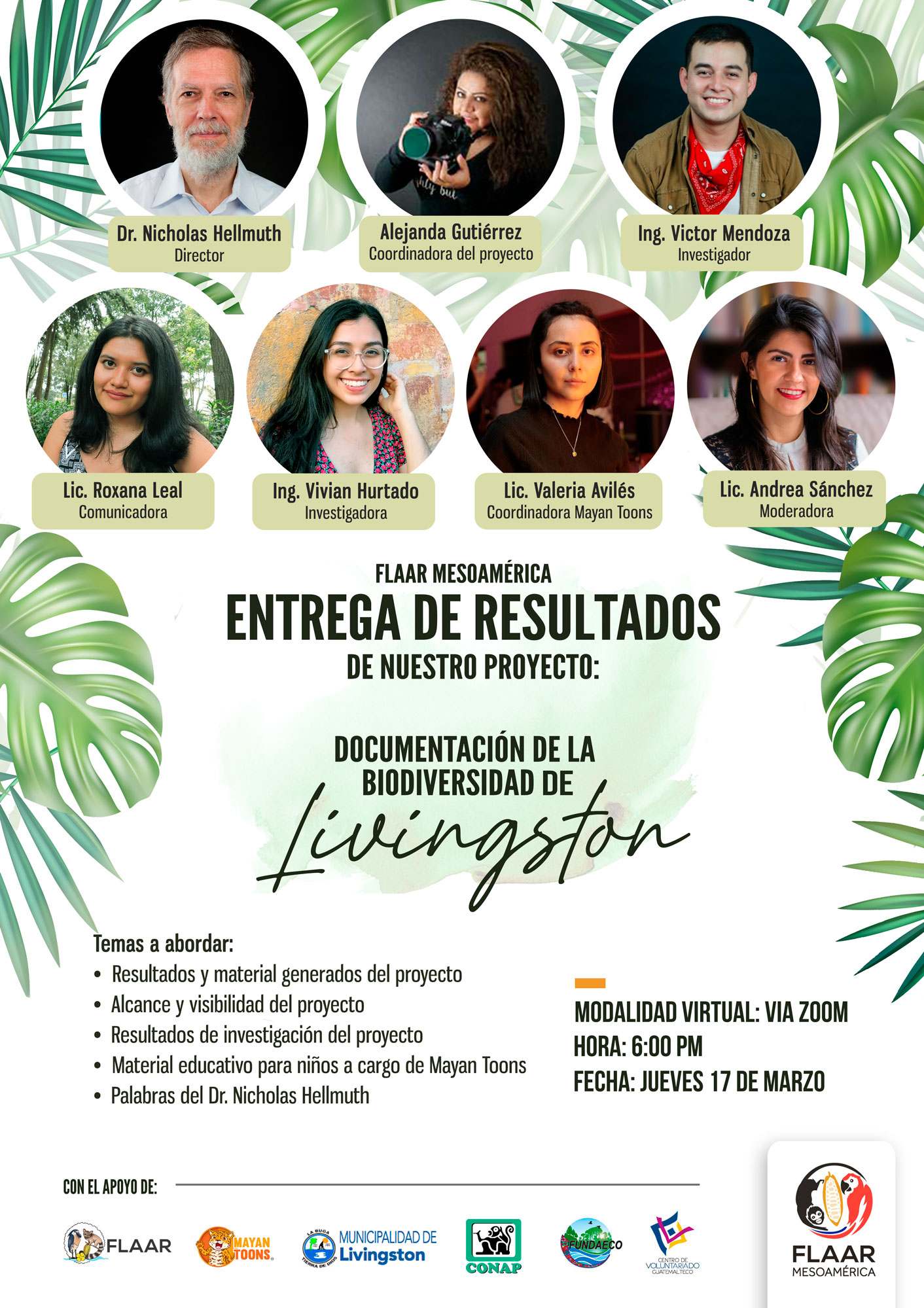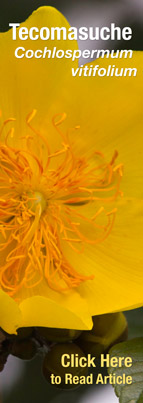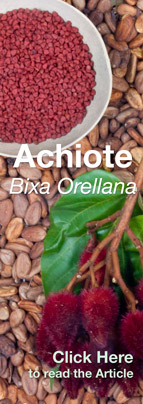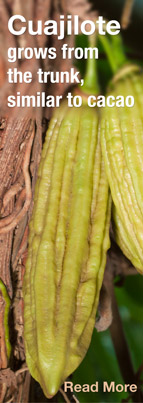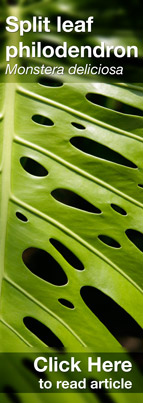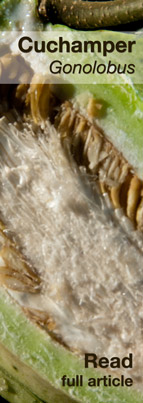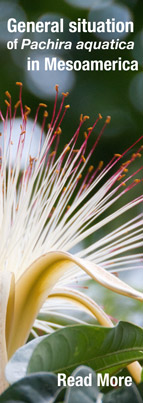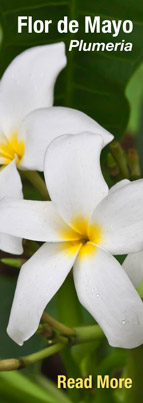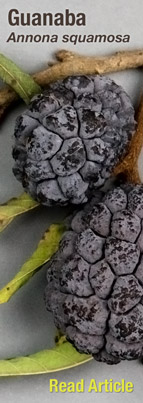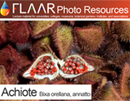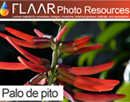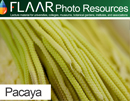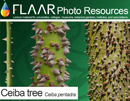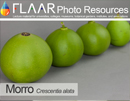When time and funding permit, each flower (each plant species) will have its own page, and its own PDF, and eventually its own PPT so that professors and students have plenty of material on Guatemala (and Honduras, etc) to study.
Heliconia adflexa, Coban, Guatemala, Hotel Monja Blanca, FLAAR, by Nicholas Hellmuth
This space is for flowers
we have recently found and photographed.
|
| Share
|
|
|
Spanish interview at El Búho with Dr Nicholas Hellmuth
Posted June 6, 2022
Dr Nicholas Hellmuth recently gave an interview at El Búho and he shared his comments and thoughts at Canal Más TV, where he spoke about some of his wide experience in Guatemala, FLAAR Mesoamérica and MayanToons. Below you can watch the entire interview.
|
|
|
|
Another wetland savanna with two fern species (RBM, Peten)
Posted May 29, 2022
About two years ago I was surprised to find a savanna with three fern species; part of the ground was literally a “savanna of low ferns.” So I named it the Savanna of 3 Fern Species. This is in the far northwest part of Parque Nacional Yaxha, Nakum and Naranjo (PNYNN).
A few weeks ago, over a hundred kilometers to the west, we found a wetland area that we named Aguada Los Dos Helechos. Two fern species stood out; the low ferns creating ground cover; the giant fern isolated in a few parts. This giant fern we have found in many areas of PNYNN and in the mangrove swamps of the Municipio de Livingston, Izabal. The giant fern has edible parts; the smaller more common fern we need to identify. We find it around the edges of savannas in the Parque Nacional Laguna del Tigre (PNLT) to the west.
These ferns grow over 2 meters tall; but they are not tree ferns (tree ferns are in the cloud forests of the Highlands and rain forests of the coastal areas of Izabal). These ferns of Peten have no thick or tall trunk. The genus is Acrostichum; I estimate species is danaeifolium, giant leather fern. Aerial photograph by Emanuel Chocooj with DJI drone camera
|
|
Aechmea magdalenae, Bromeliaceae family, pita floja, ixtle
Posted May 24, 2022
A focus of our 5-year project (2021-2025) of coordination and cooperation with CONAP for the entire Reserva de la Biosfera Maya of Peten is to find, photograph, document, and publish ecosystems (and species of flora and fauna). I am especially interested in wetlands, including seasonally inundated wetlands. So the pital areas surrounding seasonally dry/seasonally filled aguadas is part of my “to do” list. We have visited and photographed these pital areas before but I wanted good aerial photos so our new drone pilot came with two different models of DJI drones. We register the drone usage with the park administration before arrival and we have GPS MAPS with Garmin equipment showing every place we have been each day.
The spiny terrestrial bromeliad, Aechmea magdalenae, can be easily found in two pital habitats near the mud road between Yaxha and Nakum.
When conservation entities are reforesting areas destroyed for cattle, it would help to plant Aechmea magdalenae around the aguada (in areas reached by water only at the height of the wet season).
The soft yummy liquid and pulp around the seeds are edible. The fiber from the leaves is one of the highest regarded strings in Mesoamerica.
To find the path to reach these two pital areas it helps to have assistance by Teco (Moises Daniel Perez Diaz) and other knowledgeable guides and park rangers. The pital to the west is about 100 meters; the pitel to the east is a bit less. The fruits and flowers are very photogenic (only one fruit in mid-May, so other months are better).
Best place to stay is Ecolodge El Sombrero, just before the entrance to Parque Nacional Yaxha, Nakum and Naranjo.
On the road from Yaxha to Nakum my colleague riding to the front on the motorcycle noticed an ocellated turkey, a magnificent bird of the rainforest ,so he jumped off of the motorcycle on and hiked into a trail so he could have a better look. as he diverged from the sendero to see the ocellated turkey disappear in the jungle depths, he lifted his sight to the canopy forest and was pleasantly surprised to find a wild vanilla orchid vine flower wide open.
A wild vanilla plant is something I had never experienced before, from the moment the first wonder cry for the orchid was heard I couldn’t contain my movement to see it, so I prepared my Sony mirrorless camera and macro lens to photograph this rare rain forest flower. It was identified as Vanilla insignis.
|
|
Introduction to Mammals and the 5 Felines in Guatemala
Posted May 23, 2022
Do you want to know more about the mammals and the five felines of Guatemala? These conferences are what you were looking for.
Sign up here to receive the ZOOM link:
We are waiting for you on Wednesday May 25th and Thursday May 26th via Facebook Live or ZOOM at 6:00 pm (Guatemala Time). *CONFERENCE FOR ALL PUBLIC.
Exhibitors:
- MSc. Pilar Negreros - Knowing the Mammals
- Dr. Nicholas Hellmuth - The five felines of the Mayan Culture: Attributes and physical differences.
Moderators:
- Vivian Hurtado
- Victor Mendoza
Organized by: FLAAR Mesoamerica, MayanToons and FLAAR USA
|
|
Edible vanilla orchids grows wild throughout the Maya Lowlands and Maya Highlands
Posted May 20, 2022
Between the decades 1930’s to 2000, I estimate that more than half the botanical “identifications” of wild vanilla as Vanilla fragrans or accepted name today, Vanilla planifolia, are incorrect. How can vanilla vines be identified precisely if there is no complete flower? When crushed, flattened, and dried not as much detail remains. For these reasons we do photography of the flowers. Snag is that a vine flowers only about two weeks and each flower is open only about 3 hours. People we know in Peten tell us they know the vanilla orchid vines but have never seen them flower in 50 years of being in Peten. Our guide said he has been trying to find them flowering the last four years. In May 2022 our FLAAR field work research team found Vanilla insignis orchids flowering on three vines (two in PNYNN and one about 50 kilometers to the west). We thank Guatemalan orchid specialist Fredy Archila for identifying the flowers that we sent by WhatsApp the day we found them.
The FLAAR team has many years experience finding wild vanilla orchid vines in Alta Verapaz, Izabal, and Peten. But to find one flowering out in a remote area is a once-in-a-lifetime experience. In 2023 we will return and find-and-photograph more now that we know where and when they flower (keeping in mind that the rainfall and temperatures vary every year).
If you are a botanist, ethnobotanist, be sure to have a permit from CONAP to do field work in any national park, plus permit from the co-administration of the park. FLAAR has a 5-year permit (2021-2025) of cooperation and coordination for flora, fauna, and ecosystem fieldwork for the entire 21,000 square kilometers (over 5-million acres) of the whole Reserva de la Biosfera Maya. FLAAR specializes in macro photography of insects and details of flowers plus video, panorama and aerial drone photography of ecosystems. Since we have been doing field work for many decades we know the local guides and local people in the villages.
|
|
Bignonia binata flowers unexpectedly found at ground level
Updated June 14, 2022
Previously Posted May 19, 2022
In early May we found a tower of flowers growing out of the side of a liana (woody vine) that had fallen to the ground in some earlier wind storm. So we all stopped to take lots of photographs. Here are a few samples. This is a large liana, a thick woody vine. It climbs high into the tree tops so you rarely even see any leaves. To find this liana on the ground with a spire of flowers in full bloom was unexpected.
Everyone suggests it is Bignonia binata. But Kew says that species is: Amazonia, Caribbean, Orinoquia, Pacific. Elevation range: 0–540 m a.s.l. Native to Colombia. Colombian departments: Amazonas, Antioquia, Atlántico, Caquetá, Chocó, Meta, Nariño, Putumayo, Santander, Sucre, Valle del Cauca, Vaupés, Vichada. (https://powo.science.kew.org/taxon/108602-1).
So NOT listed for Guatemala; but a synonym, Adenocalymma ocositense, is listed for Quetzaltenango, Guatemala
(https://serv.biokic.asu.edu/neotrop/plantae/collections/list.php).
So has the FLAAR Mesoamerica team found and photographed and published a plant not yet documented for Peten? Need to check all the herbaria of Guatemala which are not yet on-line.
Then we found more of these lianas flowering high in the treetops of the far southeast part of Parque Nacional Laguna del Tigre (PNLT). So we are preparing two reports (one on the liana flowers in central Peten; the other report on the liana flowers in PNLT). In these FLAAR botanical reports later this summer we will cite each different botanist as to whether they use the name Bignonia binate or Bignonia noterophila.
|
|
Unexpected Aspect of Grassland Savanna #10, Peten, Guatemala
Posted May 17, 2022
We are preparing about seven videos on different biodiverse aspects of habitats within PNLT Savanna #10. The second video is on the several unexpected and unexplained circular areas within this savanna. What causes the difference in color of the soil in these circular areas? Why do different plants grow inside the area and other plants grow outside? Did the Classic Maya modify the surface of this savanna over a thousand years ago? There is no milpa agriculture or any modern agricultural use of this savanna presently because it is inside Parque Nacional Laguna del Tigre (PNLT).
A subsequent video (later this month) will show all the rectangular areas in several areas of the same Savanna #10.
|
Shows the corridor between the east end of Savanna #10 and the nearby west end of Savanna #11. |
|
View of several round areas with soil color or vegetation totally different than surrounding part of the Savanna #10. |
Written by Nicholas Hellmuth
|
|
Typha domingensis seed rain
Posted May 16, 2022
Searching in the internet we were able to see videos of how Typha, when ripe, takes out something similar to cotton and flies through the air. We wanted to see it with our own eyes at some point.
When leaving one of the rivers where we documented Grias cauliflora, we could observe Typha and there was just one of these plants already mature. Dr. Nicholas decided to investigate and when he opened it his "cotton" began to come out and fly through the air. It was very nice to see this!
Typha domingensis is classified as an emergent rooted aquatic microphyte, since it is rooted at the bottom of water bodies and its stem blades and inflorescence emerge from the water. This plant reproduces by its rhizome and the propagation of its flying seeds. It inhabits fresh and brackish inland waters.
Typha spp. it has a high economic potential since fiber is extracted from this plant for the manufacture of fabrics. It also has a high ecological importance, due to the fact that, in some bodies of water, this plant is introduced to control the excess of nutrients that can accelerate eutrophication processes. But, the introduction of this plant in bodies of water needs to be careful since its reproduction and propagation can accelerate too fast because its rhizomes and its vast seed bank in the soil (Hall, 2008).
Bibliography
- Hall, S. Instituto Nelson de Estudios Ambientales, Universidad de Wisconsin-Madison, EE. UU.
- 2008
- Typha domingensis (totora del sur)
Available Online:
www.cabi.org/isc/datasheet/54296#tosummaryOfInvasiveness
- VIBRANS, H. (ed)
- 2009
- Malezas de México.
Available Online:
www.conabio.gob.mx/malezasdemexico/typhaceae/typha-domingensis/fichas/ficha.htm
Written by Lic. Roxana Leal & Ing. Victor Mendoza
Bibliography by Ing. Victor Mendoza
Photographs by Lic. Roxana Leal, Alejandra Gutiérrez & Ing. Victor Mendoza
|
|
Sawgrass Savannas, traditional Low Grass Savannas, PNLT, RBM, Peten
Posted April 28, 2022
During 2021 and 2022 the team of FLAAR (USA) and FLAAR Mesoamerica (Guatemala) have been focused on finding savannas from satellite images and then figuring out how to find these savannas so we could hike to each one.
Here is an aerial photo by Haniel Lopez from the FLAAR drone DJI Mavic 2 Pro that shows how many savannas are in the southeast part of the Parque Nacional Laguna del Tigre (PNLT). We have found 35 savannas so far (and over 70 savannas a hundred kilometers to the east, outside the PNLT). Our project is 5-years of cooperation and coordination with CONAP for the entire Reserva de la Biosfera Maya (RBM), Peten, Guatemala.
Written by Nicholas Hellmuth
|
|
Achievements:
Livingston Biodiversity Documentation
Posted March 15, 2022
We are pleased to share with you our invitation to deliver the results of our project: "Livingston Biodiversity Documentation" where you can learn a little more about the project and the achievements obtained by our team.
This presentation will be in Spanish starting 6 PM on Thursday, 17 March.
Parque Nacional Yaxha, Nakum and Naranjo
Carnivorous Plants
Plants of Municipio de Livingston, Izabal
- Acrostichum danaeifolium, giant leather ferns
- Bellucia Pentamera
- Bibliography on Grias cauliflora
- Bibliography on Licania platypus
- Bibliography on Mangle negro (Avicennia germinans) L.
- Bibliography on Montriacardia arborescens
- Bibliography on Typha domingensis and Thypha latifolia
- Conocarpus erectus, white mangrove
- Edible Wetlands Plants, Hotel Tortugal
- Heliconia latispatha
- Heliconia wagneriana
- Manicaria saccifera Confra palm
- Neotropical trees of Guatemala need protection
- Nymphoides indica, waterlily flowers
- Pachira aquatica, zapoton
- Bibliography on Pithecellobium Mart., Neotropical trees of Mesoamerica
Ecosystems, Wetlands Aquatic Plants
Smartphone Camera Reviews
Bushes and small trees
Fungi and Lichens
Orchids
- Bibliography Bletia purpurea, aquatic orchid
- Bibliography, Epidendrum radicans
- Bibliography on Habenaria Orchids from Yaxha
- Bibliography, Lycaste virginalis var. alba.
- Bibliography, Macroclinium bicolor
- Bibliography, Prosthechea cochleata
- Bibliography Sobralia macrantha, Lirio de San Juan
- Bibliography, Sobralia xantholeuca
- Bibliography on Terrestrial shade orchids from Guatemala
- Bibliography on Terrestrial sunny orchids from Guatemala
Botanical Terms
Maya and Aztec flavorings for cacao, cocoa, chocolate
- Achiote, Bixa orellana
- Bibliography on Achiote, Bixa orellana
- Bibliography on Esquisúchil, Bourreria huanita
- Bourreria huanita
- Cassia grandis, bucut
- Chile Chocolate
- Chile Chocolate (Capsicum annuum var accuminatum)
- Chiranthodendron pentadactylon
- Cymbopetalum penduliflorum
- Guazuma ulmifolia
- Haematoxylum brasiletto
- Piper auritum, hoja santa
- Piper species
- Quararibea funebris
- Sterculia apetala, castaño
- Tagetes sp., Marigold
- Talauma, a variant of Magnolia
- Vanilla orchid
- Virola and nutmeg
Cacao, cocoa, chocolate
Consulting cacao & Theobroma species
Tobacco Ingredients of Aztec & Maya
Trees of Mesoamerica
- Bibliography on Acacia dolichostachya, Wild tamarind
- Bibliography, Bellucia costaricensis
- Bibliography, Bucida buceras
- Bibliography on Coccoloba belizensis Standl.
- Bibliography on Cojoba sp. and Cojoba arborea
- Bibliography, Ficus.
- Bibliography on Haematoxylum campechianum and H. brasiletto
- Bibliography on Hibiscus pernambucensis
- Bibliography on Ipomea murucoides
- Bibliography on Lacmellea standleyi, lechemiel
- Bibliography on Leucaena leucocephala
- Bibliography on mangle rojo (Rhizophora mangle)
- Bibliography on Manzanillo, Alseis yucatanensis Standl.
- Bibliography on Matilisguate, Tabebuia rosea
- Mangrove swamp Trees
- Bibliography on Ruagea insignis
- Bibliography on Pterocarpus officinalis
Bombacaceae, Bombacoideae
Tropical Fruits of the Maya
- Avocado Hass
- Bibliography on Coloc, Talisia floresii
- Bibliography, Dichogamy of avocado species
- Bibliography on Guayo, Talisia olivaeformis
- Bibliography on Laetia thamnia, Bakelac
- Bibliography on Maracuyá, Passiflora quadrangularis L.
- Bibliography on Punica granatum L., Granada
- Cashew
- Cuajilote, Parmentiera aculeata
- Granada
- Guanabas and Annonas
- Guava, Guayaba, Psidium guajava L
- Introduction to Papaya
- Nance a fruit of prehispanic Guatemala
- Passion flowers and fruits
- Passion flower, giant fruit
- Talisia floresii, Sapindaceae
- Carica Papaya Bibliography
Tropical Nuts
Spices, condiments, food coloring
Medicinal Plants
- Aristolochia, The largest flower in Guatemala, Bibliography
- Asclepias curassavica, bibliography
- Bibliography on Ciricote, Cordia dodecandra
- Bibliography on Contrahierba, Dorstenia contrajerva
- Bibliography on Falso hibisco, Malvaviscus arboreus
- Bibliography on Huele de noche, Cestrum nocturnum
- Bibliography on Lirio araña, Hymenocallis littoralis
- Bibliography on Roble Prieto, Ehretia tinifolia
- Bibliography, Tithonia diversifolia
- Canak
- Calliandra general info
- Guava, Guayaba
- Magnolia and Taluma
- Mayan medicinal plants
- Piper
- Tecomasuche, Coclospermum vitifolium
- Bibliography on Sufricay, Malmea depressa
- Bibliography on Wigandia urens
Underutilized edible plants
Edible Plants of the Mayan World
- Acacia, subin, bullhorn acacia
- Bibliography, Annona muricata
- Bibliography, Annona purpurea
- Bibliography, Annona reticulata
- Bibliography on Chipilín, Crotalaria longirostrata
- Bibliography on Chirimoya, Annona squamosa
- Bernoullia flammea
- Canna indica, tamale wrap
- Cuchamper, Gonolobus
- Guava, Guayaba
- Bibliography, Gonobolus sp.
- Bibliography, Parmentiera aculeata
- Pacaya palm Chamaedorea tepejilote
- Split leaf philodendron, Monstera deliciosa
Plants and trees used to produce incense
Utilitarian Plants
- Bibliography, Acacia farnesiana
- Bibliography on Aechmea bromeliifolia
- Bibliography on Agave americana
- Bibliography, native Agave species from Guatemala
- Bibliography on Anthurium crassinervium (Jacq.) Schott
- Bibliography on Balsa, Ochroma pyramidale
- Bibliography on Bamboo, Guadua longifolia (E.Fourn) R.W.Pohl
- Bibliography, Crescentia alata
- Bibliography, Crescentia cujete
- Bibliography on Hule, Castilla elastica
- Blepharidium guatemalense, irayol blanco
- Crescentia alata, Crescentia cujete
- Tecomasuche, Coclospermum vitifolium
- Bibliography on Coxte, Colubrina arborescens
- Bibliography on Madre cacao, Gliricidia sepium
- Bibliography on Tillandsia usneoides
Flowers, edible
Camera Reviews for Photographing Flowers and Plants
Toxic plants
Trees with conical Spines
Flowers native to Guatemala visible now around the world
SUBJECTS TO BE COVERED DURING NEXT 6 MONTHS
Grains
Fruits (typical misnomer mishmash of Spanish language)
Other Fruits (primarily fruits from trees)
Fruits (vines or cacti)
Flavoring, herbs, and spices
Flowers, sacred
Plants which are sacred
Plants mentioned in myths
plants to produce Alcohol
Plants used for drugs
Plants or trees that are used to produce incense
Most common introduced plants (not native)
Glossaries

